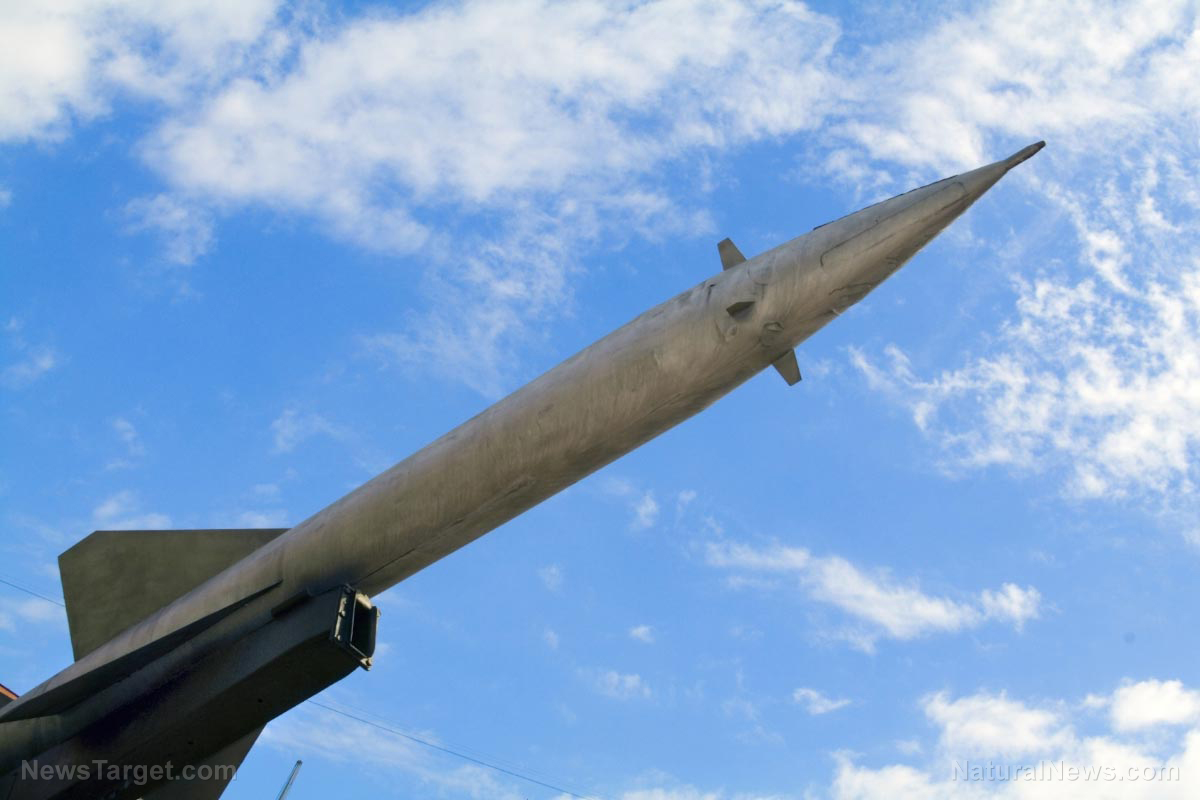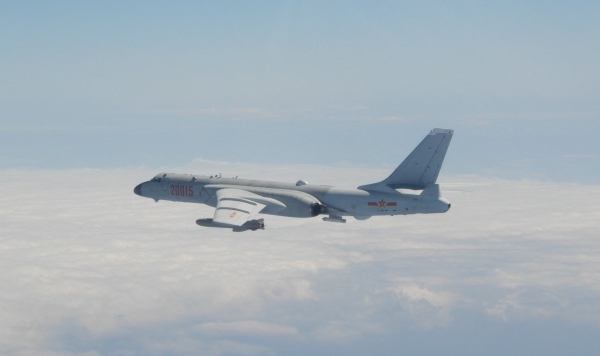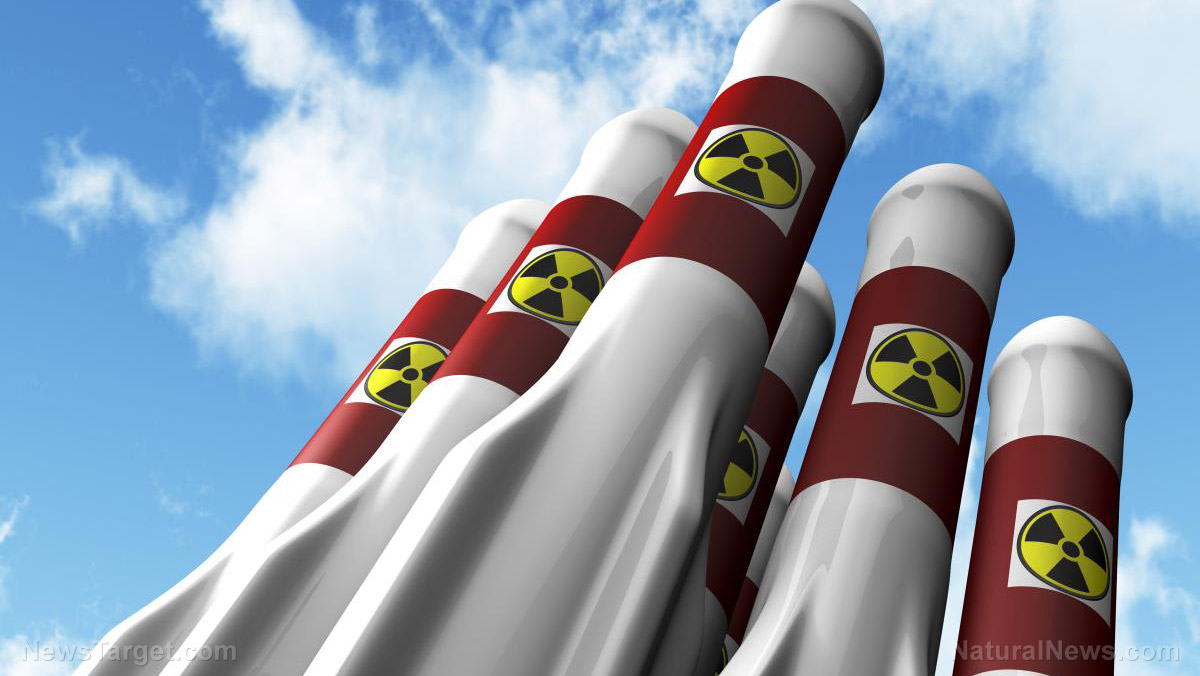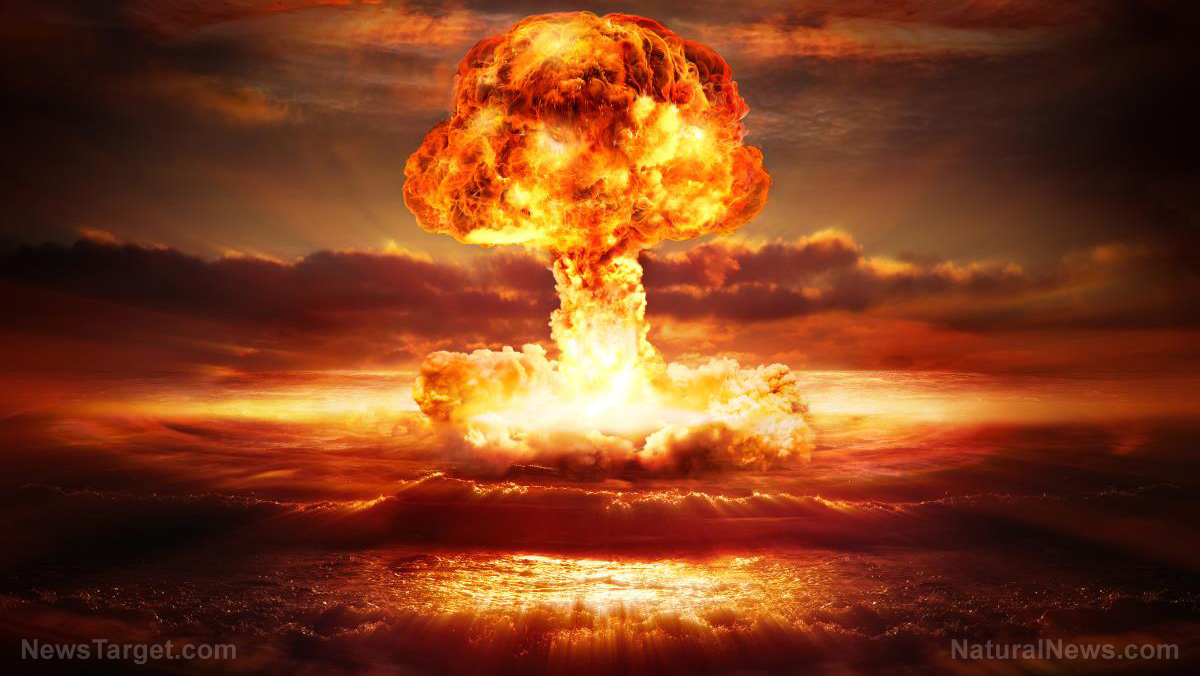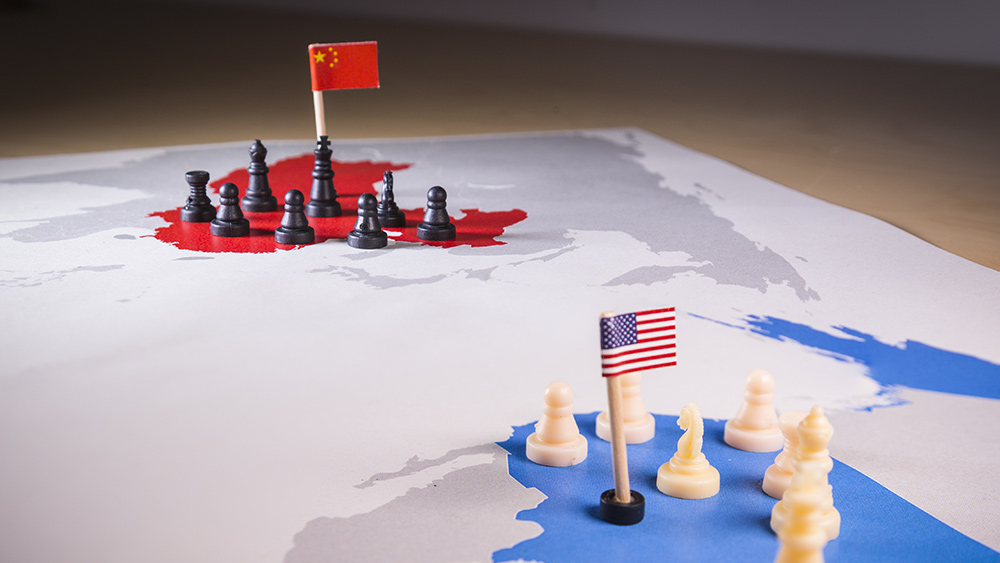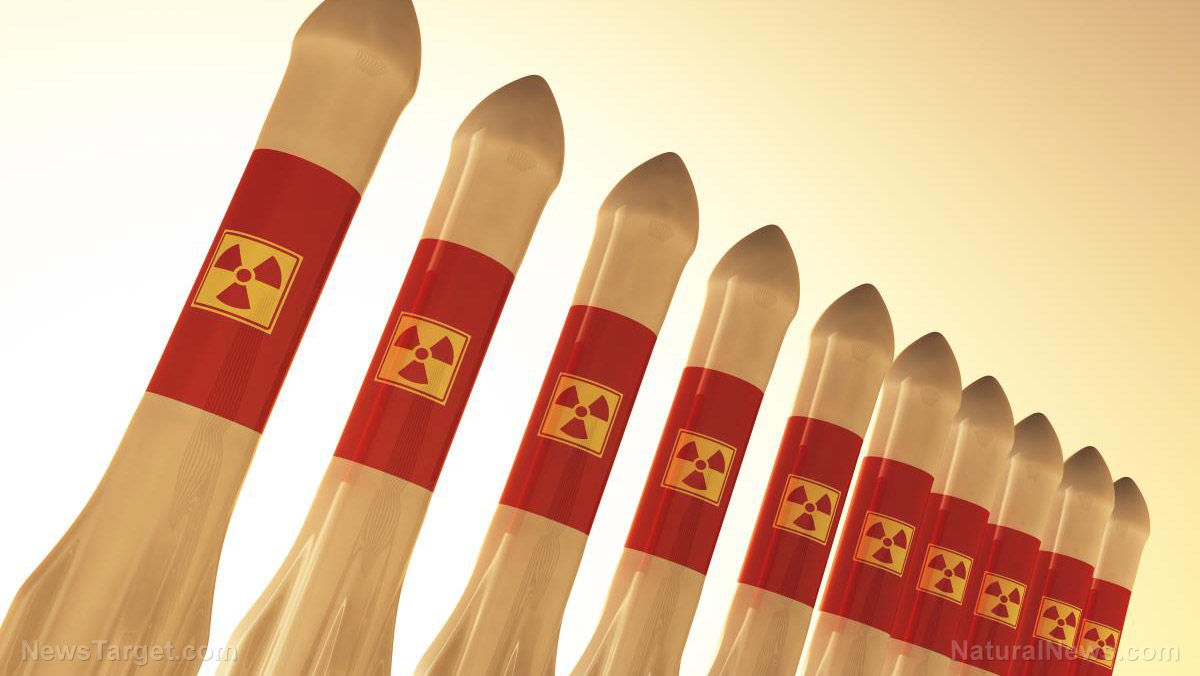Magnitude 7.3 earthquake hits off the coast of Fukushima in Japan
02/17/2021 / By Virgilio Marin

A magnitude 7.3 earthquake rocked the Fukushima Prefecture in Japan on Feb. 13. According to the Japan Meteorological Agency (JMA), the quake is an aftershock of the 2011 Japan earthquake that triggered enormous tsunamis and nuclear meltdowns at the Fukushima Daiichi Nuclear Power Plant.
The powerful quake hit Saturday night off the coast of Fukushima, at a depth of 36 miles. It left nearly a million without electricity and injured more than 100. No deaths and no major damages have been reported and no tsunami warning was issued.
Mild aftershocks were recorded the following day, with the strongest recorded at more than 5.0 magnitude. Authorities expect more aftershocks in the next few days.
Earthquake caused irradiated water leaks in Fukushima power plant
The quake didn’t cause significant damage but was strong enough to trigger a landslide in Fukushima, knock out furniture off shelves and collapse wooden structures. In Minami Soma, one of the Fukushima villages evacuated after the 2011 nuclear accident, severe horizontal shaking lasted for about 30 seconds.
Katsunobu Kato, chief cabinet secretary to Suga, said that around 950,000 households were left without power after two thermal power plants in Fukushima had to be taken offline. Several bullet train lines were also suspended.
The Tokyo Electric Power Company (Tepco), which looks after the decommissioned Fukushima Daiichi Nuclear Power Plant, said it was checking its monitoring posts in the prefecture to ensure there were no radiation leaks.
Shortly after midnight, NHK reported that Tepco had detected “no major abnormalities” at any of the Daiichi reactors where the 2011 nuclear meltdowns occurred. None were also reported at the Daini plant a few miles away in Fukushima, according to the New York Times.
But the quake slightly damaged a tank storing irradiated wastewater from the Fukushima nuclear plants, according to the company managing the facilities. Located near the site of the reactors that melted down in 2011, the tank is one of 1,000 that hold a million tons of wastewater that is used to cool the melted fuel rods in the failed reactors.
Tepco said on Sunday that small amounts of water leaked out of a tank. But it noted that the leaks posed no danger and had already been contained.
Japanese Prime Minister Yoshihide Suga said in a press conference on Sunday that there were no deaths. But more than 100 were injured and people from dozens of homes had to be evacuated, according to the New York Times.
What to expect in Fukushima in the following days
A series of small aftershocks hit Fukushima throughout Sunday, with one registering a magnitude slightly above 5.0, according to the Times.
JMA said there was no danger of a tsunami, but agency official Noriko Kamaya warned residents of aftershocks as strong as magnitude 6.0 in the coming days. She said that Saturday night’s earthquake is an aftershock of the 2011 Tohoku earthquake.
Takashi Furumura, a professor at the Earthquake Research Institute at the University of Tokyo, told NHK that an earthquake of this magnitude can be followed within two or three days by another of a similar scale.
Saturday night’s quake came less than a month before the 10-year anniversary of the 2011 Tohoku earthquake and tsunami, which took place on March 11. Also called the Great East Japan Earthquake, the magnitude 9.0 rumbler unleashed tsunamis as high as a 12-story building and caused the death of more than 20,000 people.
The tsunami disabled the power supply and cooling systems of three reactors in the Fukushima Daiichi Nuclear Power Plant, causing a nuclear meltdown. Though no deaths or cases of radiation sickness were reported, more than 100,000 people were forced to flee their homes and the power plant had to be shut down permanently. The accident is considered the second-worst nuclear meltdown after the Chernobyl disaster in 1986. (Related: Fukushima’s radioactive waste reaches North America.)
Less than an hour after Saturday’s Japan earthquake, a magnitude 6.0 earthquake struck off the coast of Papua New Guinea around midnight. No injuries or damages were reported and there was no tsunami risk.
Visit Disaster.news to read the latest news about earthquakes and other natural disasters.
Sources include:
Tagged Under: 2011 Japan earthquake, aftershocks, earthquake, environment, Fukushima, Fukushima Daiichi nuclear disaster, Japan, natural disaster, Nuclear Accident, nuclear meltdown, radiation, tsunami
RECENT NEWS & ARTICLES
COPYRIGHT © 2017 NUCLEAR NEWS








